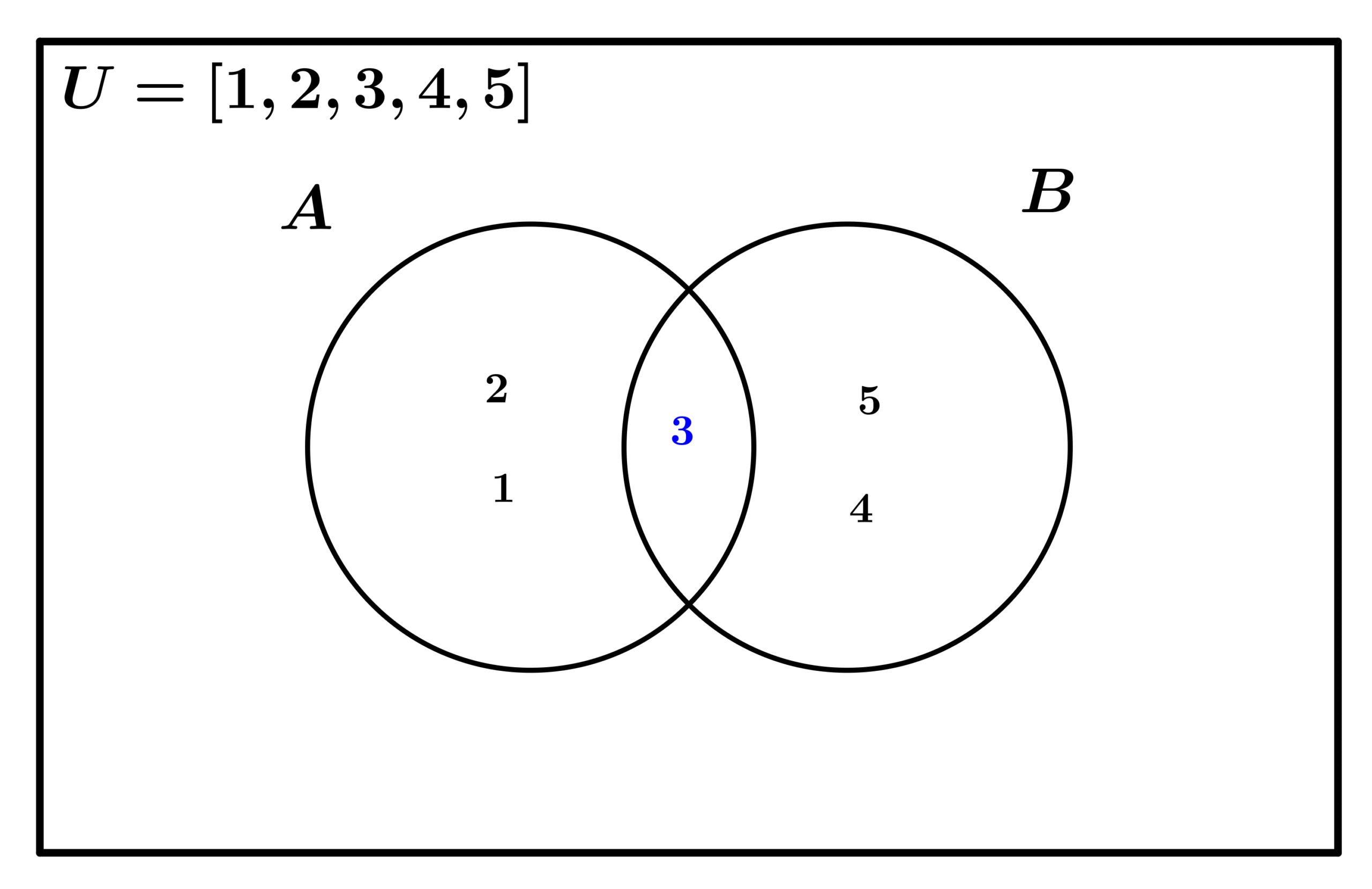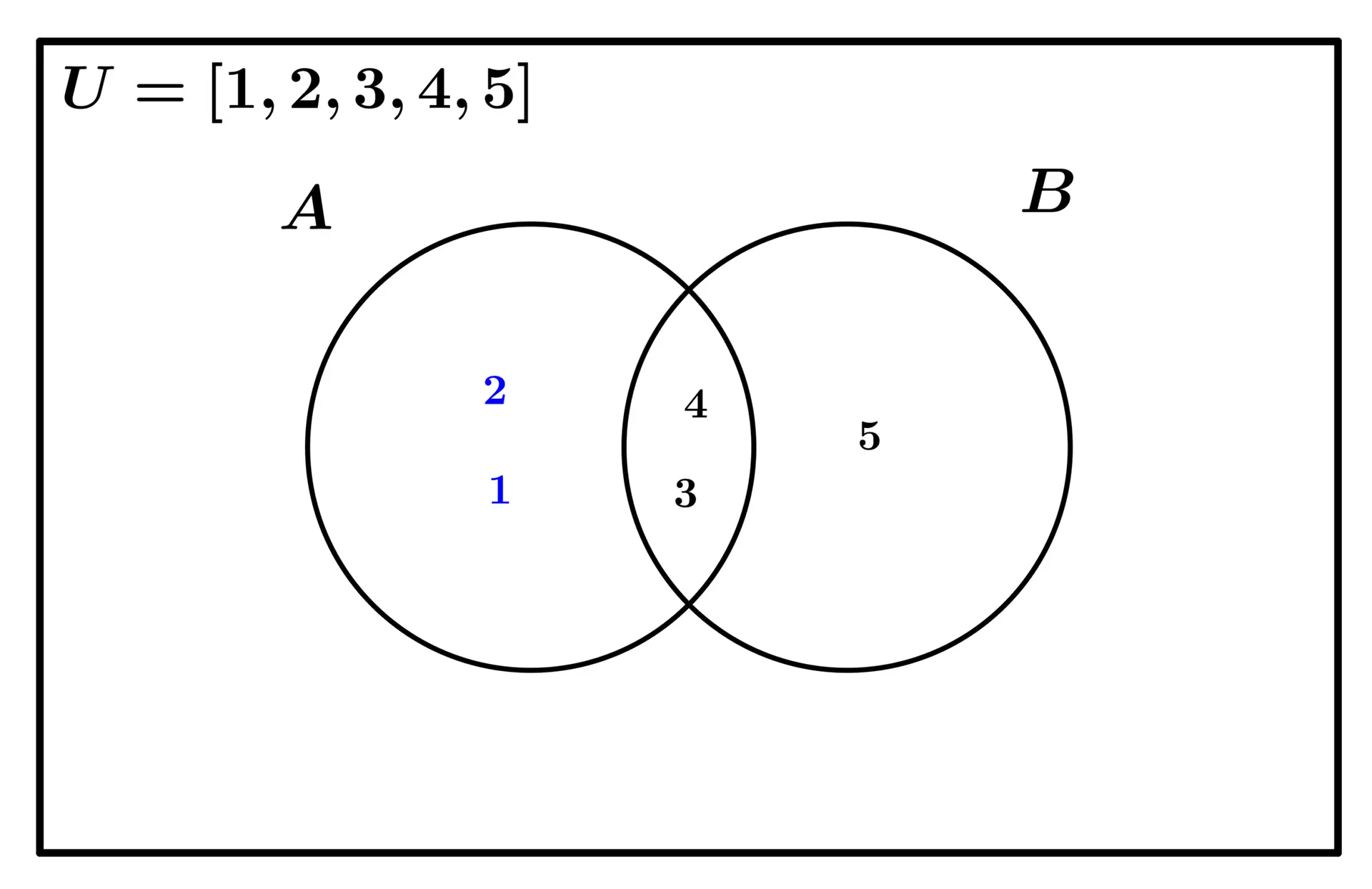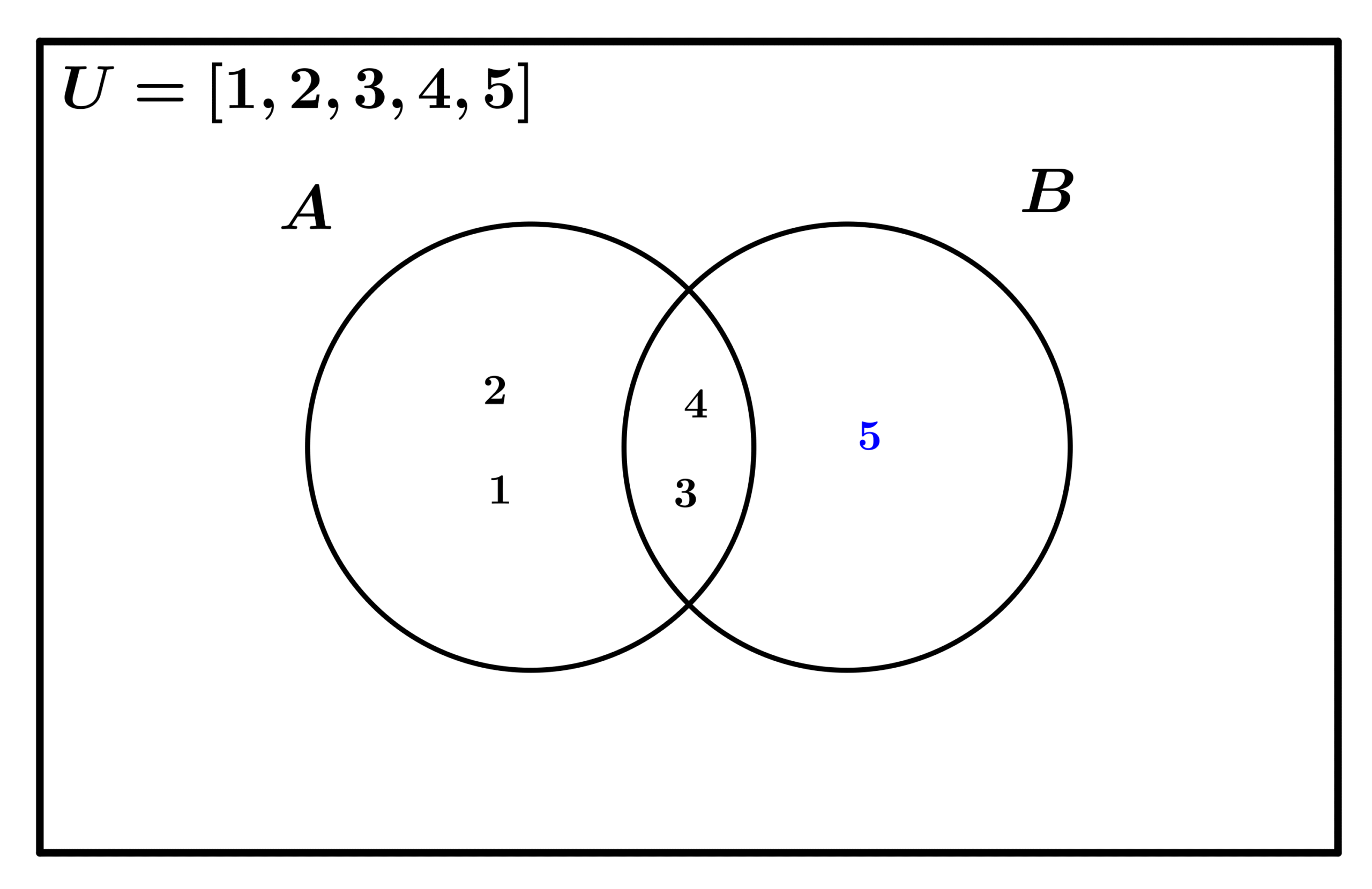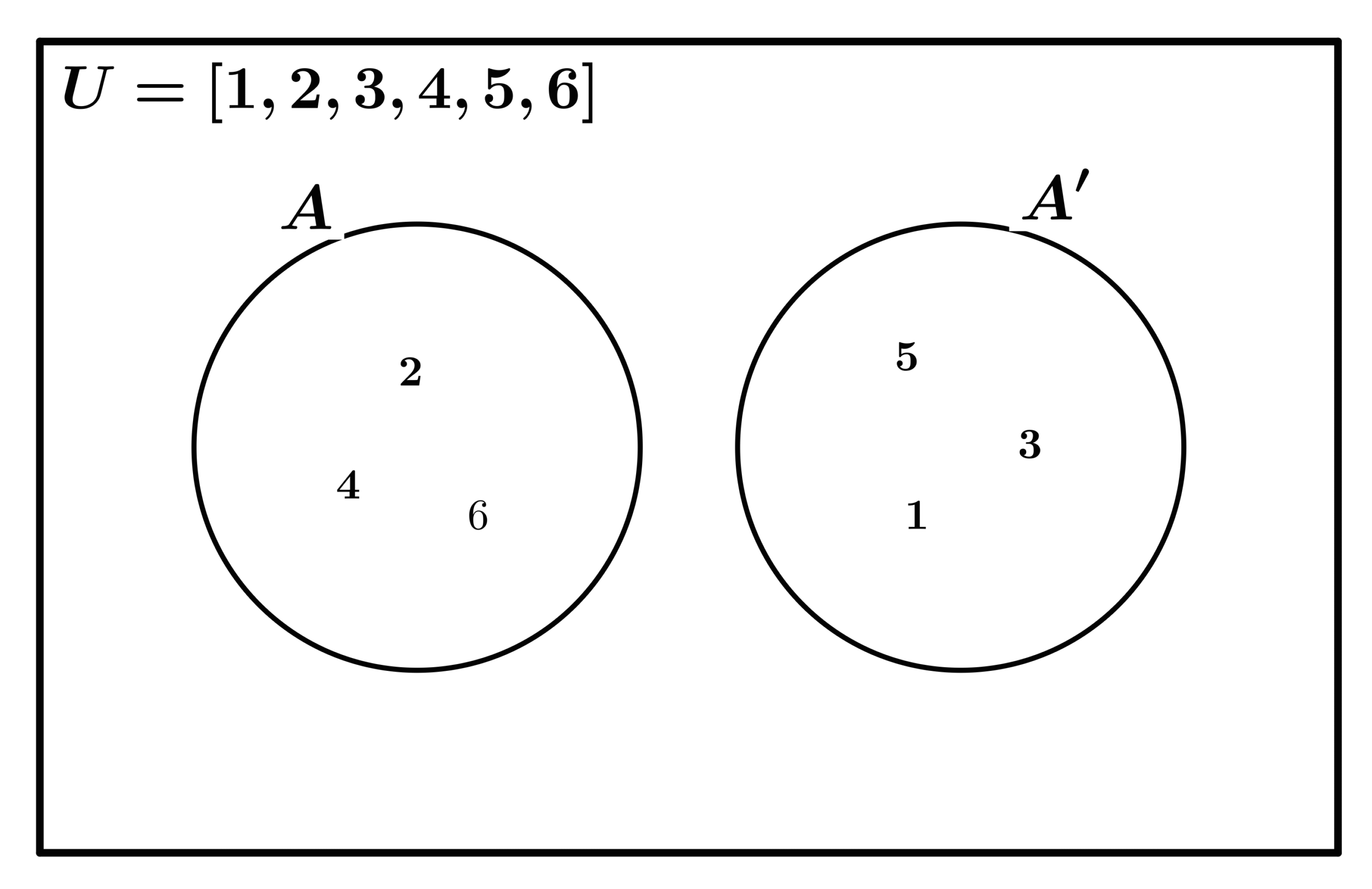Shopping cart
Hello There!
Welcome to GattPrep, your Guide for Life and Learning
Now that you know what a set is, it’s time to learn what we can do with sets!
We can combine them, separate them, and find what’s common between them. These actions are called operations on sets.
In this lesson, we will learn how to:
The union of two sets is a new set that contains all the elements from both sets — without repeating any elements.
Symbol: ∪
Example:

The intersection of two sets is a new set that contains only the elements that are common to both sets.
Symbol: ∩
Example:

The difference of two sets A and B, written A – B, is the set of elements that are in A but not in B.
Example:


The complement of a set A (written A’) is the set of all elements in the universal set that are not in A.
Example:

Question: Find A ∪ B if A = {apple, banana} and B = {banana, cherry}.
Solution: Combine all elements without repeating:
A ∪ B = {apple, banana, cherry}
Question: Find A ∩ B if A = {2, 4, 6, 8} and B = {4, 5, 6, 7}.
Solution: Common elements are {4, 6}.
Question: Find A – B if A = {1, 3, 5, 7} and B = {3, 4, 5}.
Solution: Remove elements of B from A:
A – B = {1, 7}
Question: If U = {a, b, c, d, e} and A = {a, e}, find A’.
Solution: Elements in U but not in A:
A’ = {b, c, d}
Find the union of these two sets: P = {2, 4, 6} and Q = {5, 6, 7}.
Find the intersection of M = {cat, dog, lion} and N = {lion, tiger}.
Find the difference P – Q if P = {a, e, i, o, u} and Q = {e, i}.
If the universal set U = {1,2,3,4,5} and A = {2,3}, find the complement of A.
If X = {red, green} and Y = {green, blue, yellow}, list:
Draw Venn diagrams showing:
Today we learned four important operations on sets: union, intersection, difference, and complement.
We used examples and Venn diagrams to show how they work.
Mastering these operations helps in solving more advanced questions easily!